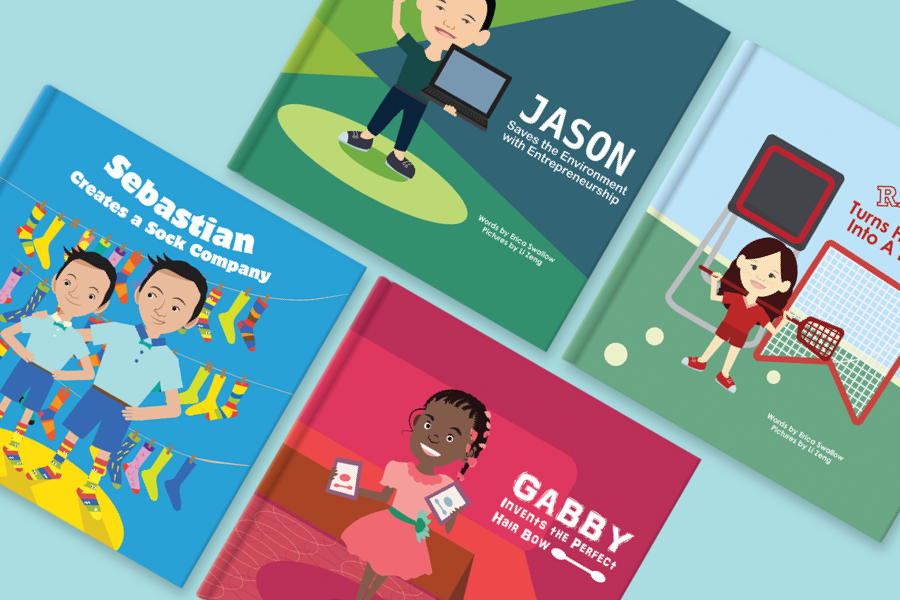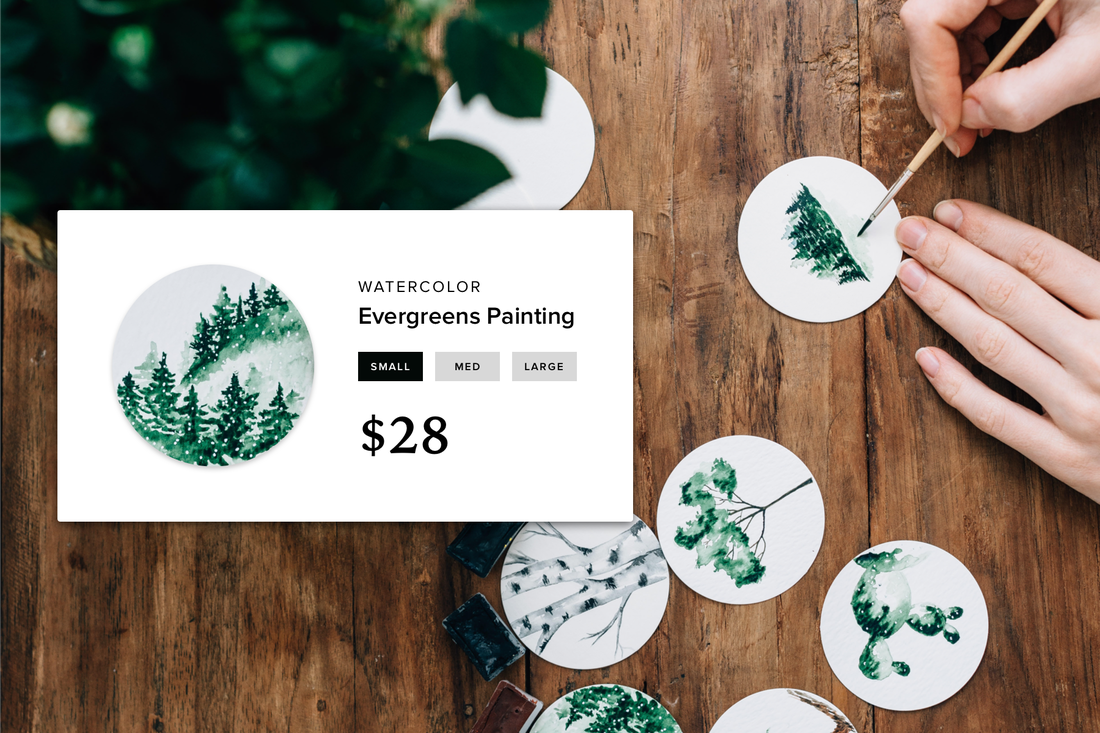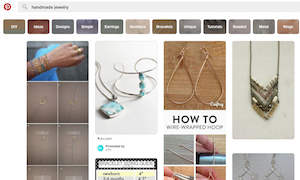Connecting with your audience through email can drive long-term engagement and result in future sales. However, delivering regular updates can be a challenge. Developing an email content calendar can help you plan your marketing content in advance.
An email content calendar can help you:
The farther ahead you plan, the better positioned you'll be to create and deliver high quality content to your subscribers. As you look ahead, you may notice new opportunities to send seasonal material. Your email content calendar is the place to note these events long before they occur.
Identify the topics you want to cover
Selecting relevant topics requires some knowledge of your subscribers. If you've only just begun email marketing, focus on topics that are important to your brand, then adapt as you learn more about your customers.
Once you decide on topics, it's time to determine a publishing schedule. You may decide to publish content on a weekly, monthly, or quarterly schedule. Use analytics to pinpoint optimal times for deploying your emails. Remember, your publishing schedule will be unique to your business.
Tools
Your email content calendar is a living document. Share it with your content team (or use it to keep yourself organized if you're working solo!) and update it as needs change. This will be key to keeping your email content bucket full. Below are a few free tools to help you plan and manage email content.
Shared Google Spreadsheet
The spreadsheet is a simple and free tool for planning and managing an email content publishing schedule. A single spreadsheet can be shared between multiple users and updated as content is published. You can use multiple tabs to track ideas from concept to publication.
- plan regular and seasonal content around important dates;
- ensure you have plenty of content scheduled far in advance so you're not scrambling to send relevant material at the last minute;
- present an overview of all your content and allow you to fill in gaps.
The farther ahead you plan, the better positioned you'll be to create and deliver high quality content to your subscribers. As you look ahead, you may notice new opportunities to send seasonal material. Your email content calendar is the place to note these events long before they occur.
Identify the topics you want to cover
Selecting relevant topics requires some knowledge of your subscribers. If you've only just begun email marketing, focus on topics that are important to your brand, then adapt as you learn more about your customers.
- Key topics: Make a list of all the subjects you would like to cover. This will be your big list of topics most relevant to your company or your brand.
- Routine reminders & planned newsletters: If you already send a monthly newsletter, you're off to a great start. Be sure to include existing newsletters or updates you already send in your content calendar.
- Seasonal topics: Consider seasonal content related to your brand. If you're an eCommerce retailer, think beyond the accepted promotion schedule surrounding major holiday events. Look at seasonal sales figures for your most popular products — you may find an opportunity to boost sales ahead of the typical season.
Once you decide on topics, it's time to determine a publishing schedule. You may decide to publish content on a weekly, monthly, or quarterly schedule. Use analytics to pinpoint optimal times for deploying your emails. Remember, your publishing schedule will be unique to your business.
Tools
Your email content calendar is a living document. Share it with your content team (or use it to keep yourself organized if you're working solo!) and update it as needs change. This will be key to keeping your email content bucket full. Below are a few free tools to help you plan and manage email content.
Shared Google Spreadsheet
The spreadsheet is a simple and free tool for planning and managing an email content publishing schedule. A single spreadsheet can be shared between multiple users and updated as content is published. You can use multiple tabs to track ideas from concept to publication.
Begin by creating a new Google Sheet inside your Google Docs account. Include applicable column headings. Add your publishing schedule to the document. Share your document with team members by clicking the "share" button at the top right.
Shared Google Calendar
A shared calendar can help your content team visualize upcoming deadlines and prepare accordingly. Use a calendar to set important publishing dates and share with everyone who helps with content. This way every member can see upcoming content schedules and plan accordingly.
If you prefer a color-coded view, create multiple shared calendars and assign colors based on content type.
A shared calendar can help your content team visualize upcoming deadlines and prepare accordingly. Use a calendar to set important publishing dates and share with everyone who helps with content. This way every member can see upcoming content schedules and plan accordingly.
If you prefer a color-coded view, create multiple shared calendars and assign colors based on content type.
Share your calendar from the settings menu. Begin by clicking the gear icon at the top right of your calendar.
Locate the calendar you want to share from the Calendars tab. A listing of all available calendars will appear along with a link to share each.
Shared Project Management Board
Trello is a free project management tool built for teams. Trello works by moving task cards from one column to the next until you reach publication. You can add due dates and reminders to every card. If you prefer a calendar view, add due dates to task cards, then switch to calendar view.
Trello is a free project management tool built for teams. Trello works by moving task cards from one column to the next until you reach publication. You can add due dates and reminders to every card. If you prefer a calendar view, add due dates to task cards, then switch to calendar view.
Over time, you'll gain a better understanding of your subscribers and their interests. Regularly review engagement stats to learn what content works best for your brand and adjust your content calendar as needed. A consistent email publishing schedule will help keep subscribers engaged with your brand and set you up for success.
 Michelle Greenlee Michelle is a web developer and freelance writer. She covers enterprise technology, big data, security, and website development.
Michelle Greenlee Michelle is a web developer and freelance writer. She covers enterprise technology, big data, security, and website development.










